Episode 265: Raw reactions vs. rewarded responses
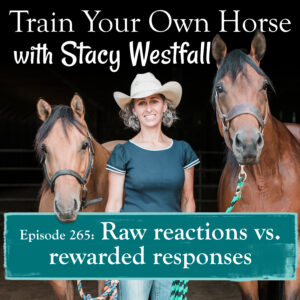
In this episode, Stacy Westfall delves into the intricacies of raw reactions versus rewarded responses, using her new yearling horse, Ember, as an example. She emphasizes the importance of understanding and influencing a horse’s mental state alongside their physical actions. Stacy shares her approach to teaching Ember to stand quietly when tied, highlighting the challenge of discomfort that arises when horses make mistakes. She stresses the need for consistency in rewarding specific emotional states to transform raw reactions into desired responses.
Stacy draws parallels between horse training and human behavior, encouraging listeners to be intentional in their actions and aware of their thought patterns. The episode explores the concept of horses reflecting on their training sessions, thinking about the process after it concludes, and detecting patterns. Stacy likens this reflective process to intentional thinking, which humans can practice for personal development.
The narrative shifts to Presto, another horse with thought loops, illustrating the importance of guiding horses through reactive states. Stacy relates this to human experiences, cautioning against unintentionally causing one’s fears. The episode concludes with a call for self-reflection, urging listeners to review their actions and thought patterns from the past year, emphasizing the value of looking back for personal growth.
SUBSCRIBE TO THE PODCAST HERE:
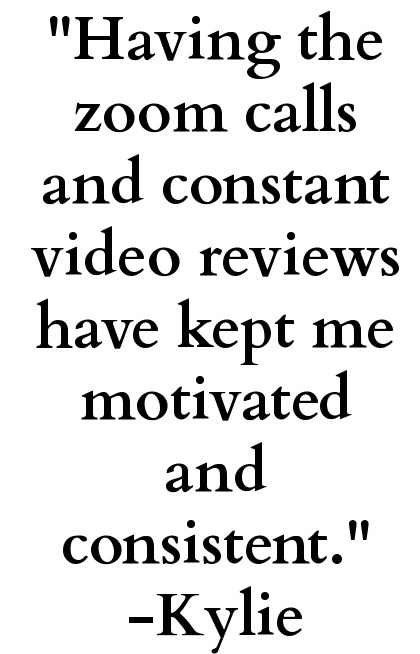
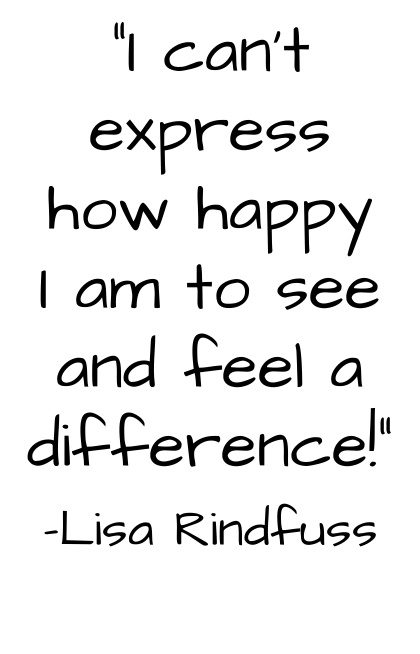
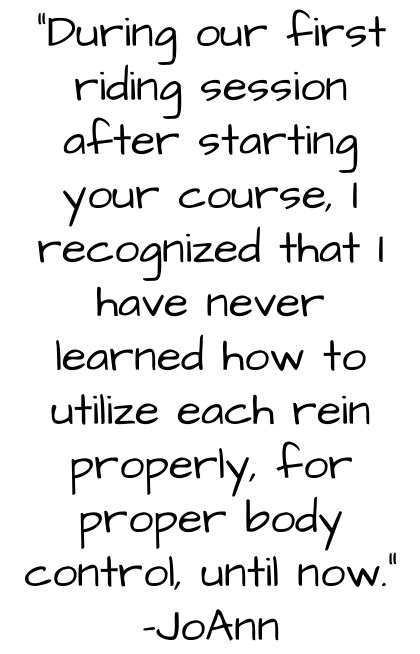
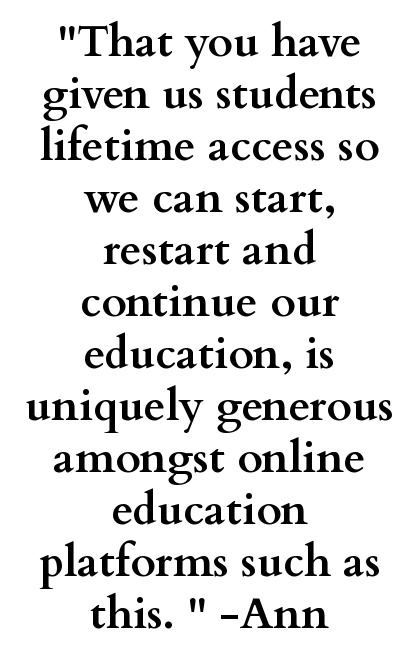
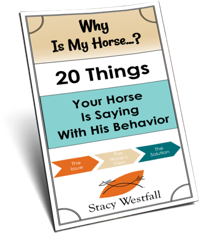
YOURS FREE
WHY IS MY HORSE...?

